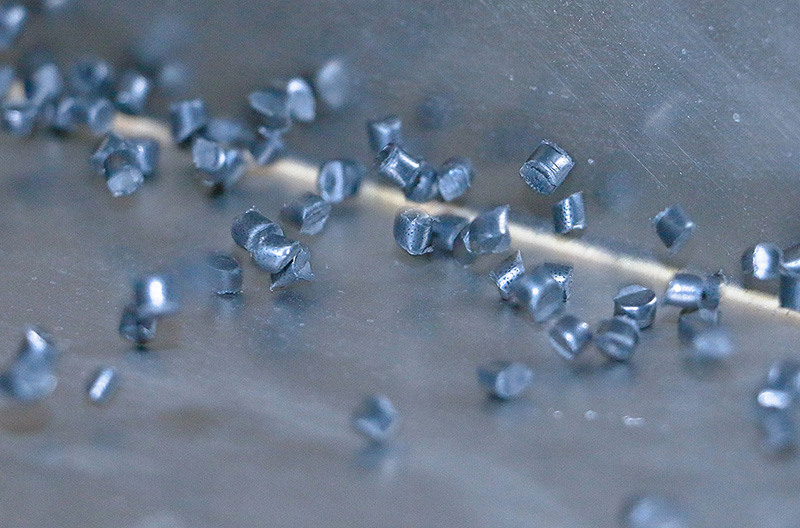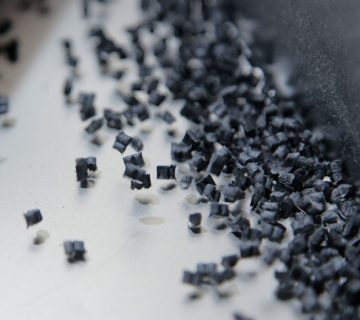Thermoplastic elastomers (TPEs) are a class of polymer materials that have characteristics of both plastics and elastomers. The advantage of thermoplastic elastomers over thermoset materials is the ability of this group of materials to change length and ductility and return to their original state, which leads to an increase in their useful life and desirable physical properties.
While these materials have elastic and rubbery properties at application temperatures, their processability is similar to common thermoplastics such as polypropylene and polyethylene. Thermoplastic elastomers are classified based on structure into olefinic, styrenic, vulcanized, polyurethane, copolyester, and block polyether and amide groups (Whelan (2017).
Thermoplastic vulcanized elastomers (TPVs) are obtained by melting one or more thermoplastic polymers with an elastomer in the presence of a curing system by dynamic vulcanization. Dynamic curing strengthens the bond between the two phases at their interface.
The dynamic curing process not only stabilizes the thermoplastic morphology of elastomers, but also causes phase inversion.

Thus, despite the fact that the elastomeric phase constitutes the main component of the alloy, it is nevertheless dispersed in the continuous phase in a sintered form. (Jalali, 2007)
The properties of materials that undergo a dynamic annealing process are very different from similar unannealed alloys.
By applying dynamic curing, the properties of the final product are greatly improved. For example, we can mention reducing compressive strength and improving the final properties of the material, such as tensile strength, improved fatigue resistance, improved resistance to oils, and stability of morphology in the molten state. ( Patermann ، 2015 ) .
The full text of this article was presented at the “Eighth International Masterbatch and Compound Conference and Exhibition” with the title “Evaluation of Physical-Mechanical and Functional Properties of Dynamically Vulcanized Thermoplastic Elastomer Compounds in the Production of Sealing Tapes”.



